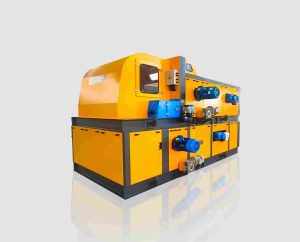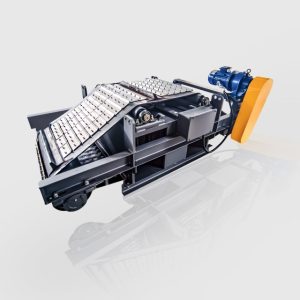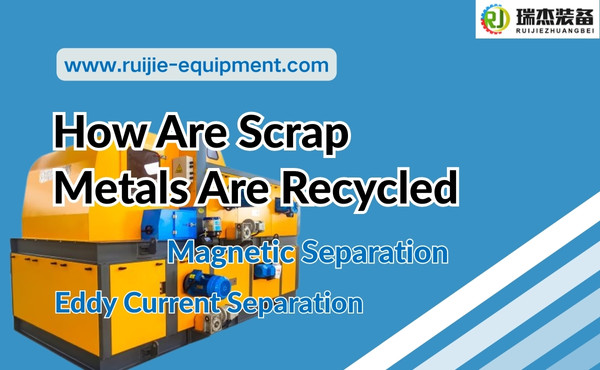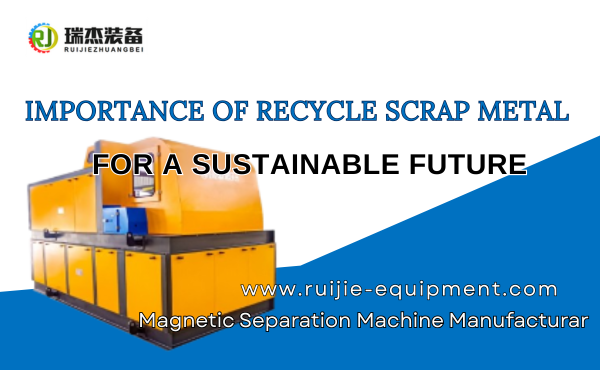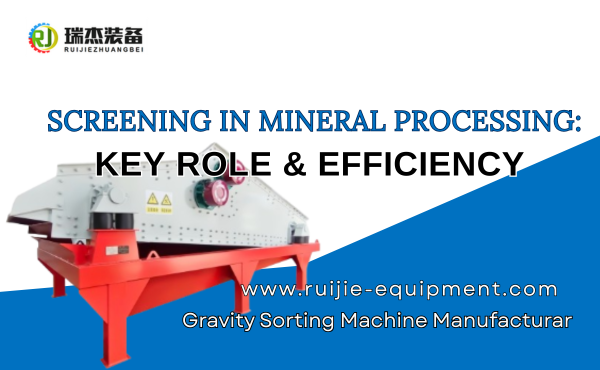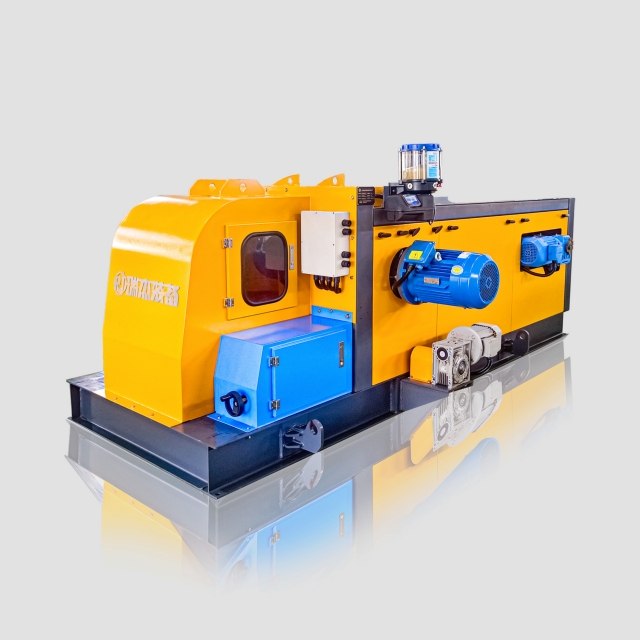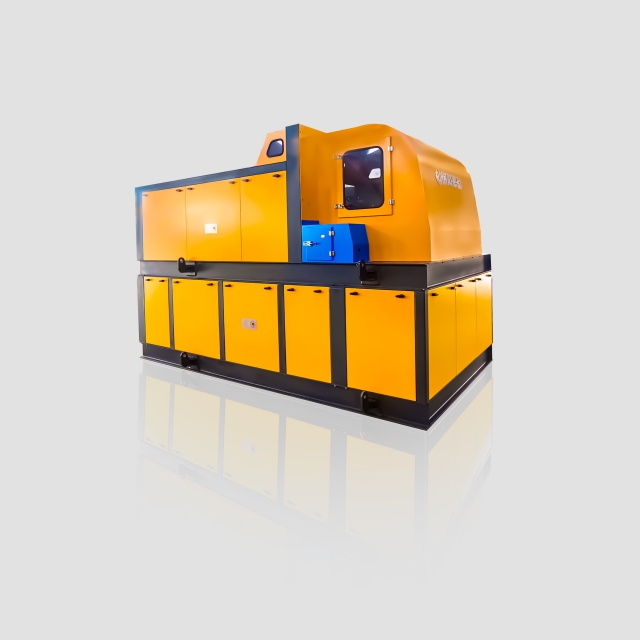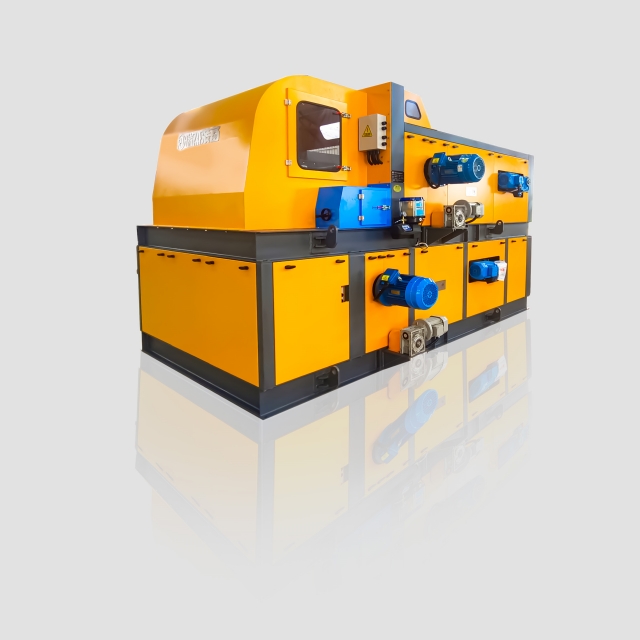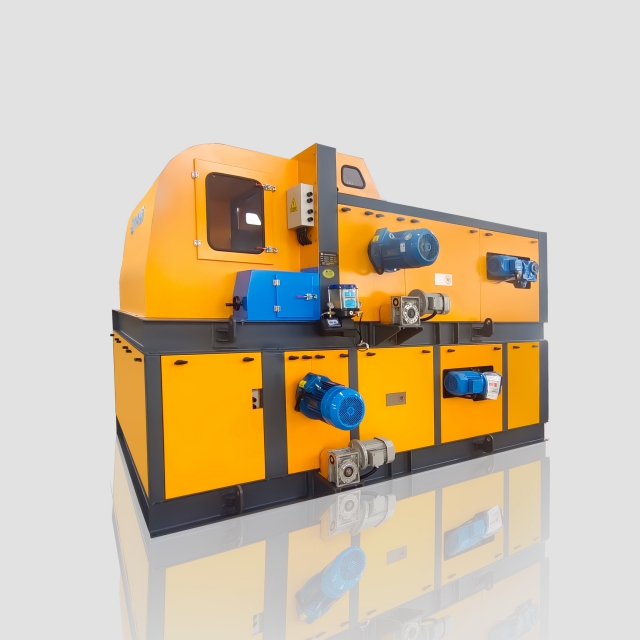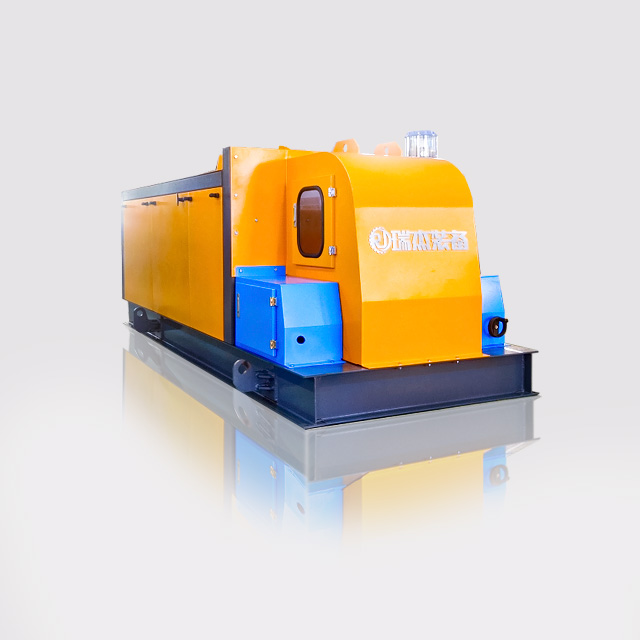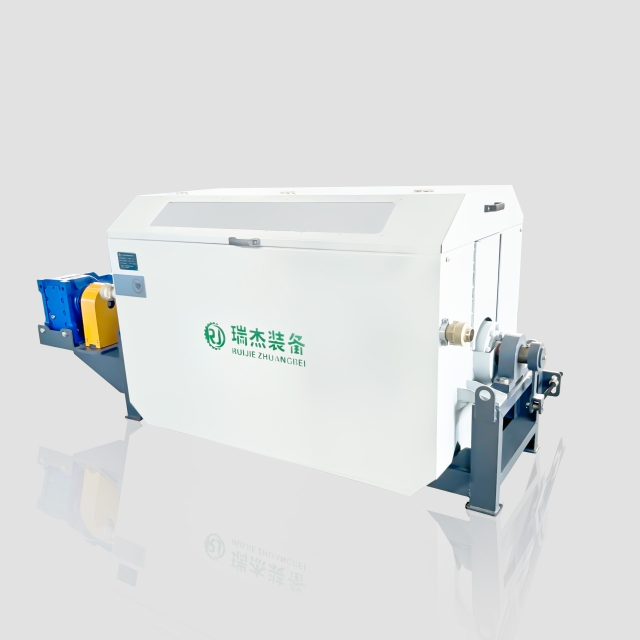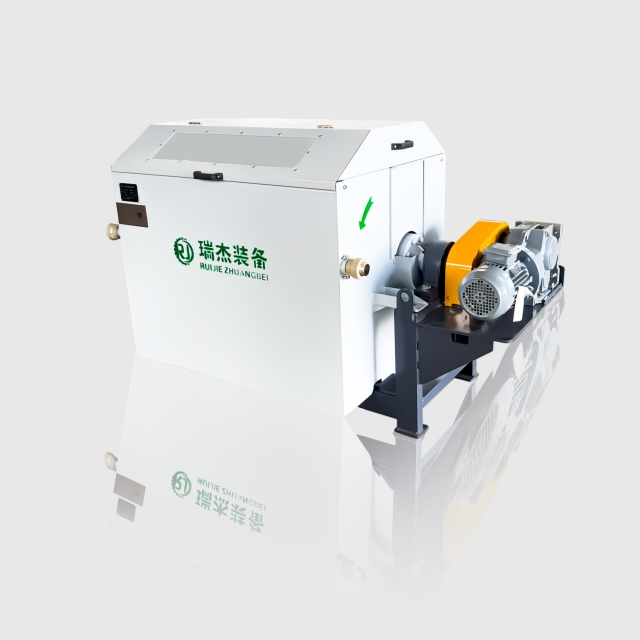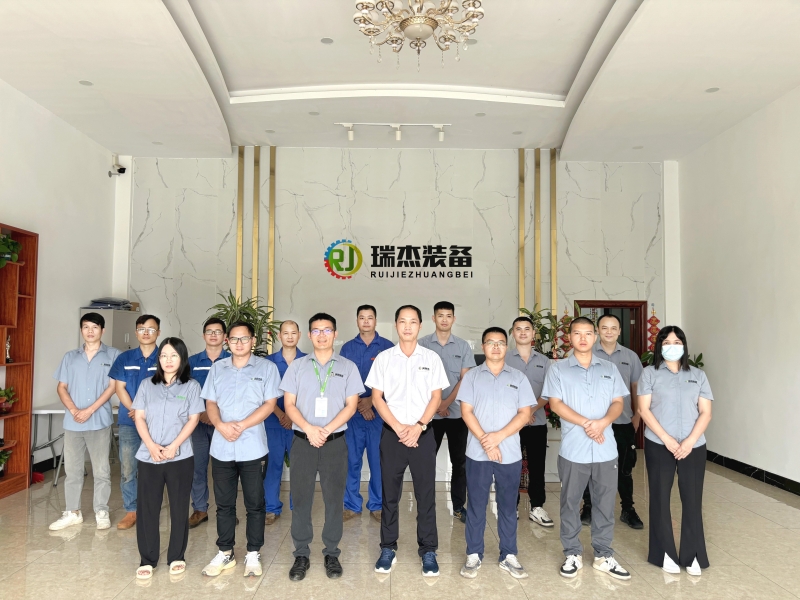The practice of recycling functions as a key method to decrease waste disposal, sustain natural resources and defend the environment. Scrap metals represent among recycling materials the most valuable ones that undergo wide-scale reusability. The complete recycling process for scrap metals can be explained through simple language in this article. RUIJIE alongside other companies brings natural progress in metal recycling using state-of-the-art technological advancements.
Understanding Scrap Metal Recycling
The method of recycling scrap metals starts with gathering metal waste followed by sorting before processing it for subsequent use in new products. Motor vehicles combined with home appliances and site construction debris and industrial manufacturing leftovers form this collection. The recycling system keeps metals usable for multiple uses without any decline in their integrity or performance.
The practice of metal recycling instead of raw material mining and refining enables major energy savings and lowers environmental damage and greenhouse gas emissions. The increasing metal consumption from construction and electronics and automotive and packaging industries can be satisfied through recycling programs.
Step-by-Step Process: How Are Scrap Metals Are Recycled
The essential phases of recycling scrap metal should be analyzed in detail.
1. Collection
The initiation of scrap metal recycling starts with materials collection. The collection practice focuses on obtaining discarded metal products from business sites such as production facilities and households and industrial buildings. The collection process occurs through personal activities as well as scrap yard operations and recycling company actions.
Massive industrial scrap metal volumes require professional recycling systems which RUIJIE provides for such facilities. RUIJIE operates specialized equipment suitable for extracting metal for industrial scale recovery from metal sources.
2. Sorting and Separation
After scrap collection occurs the material needs to separate into different metallic substances. The processing method for different metals stands as one of the essential operational steps. Each metal type including aluminium copper steel and brass possesses distinctive processes of recycling with individual market values.
Manual sorting exists at first but advanced technological systems enhance both speed and precision of the process. The state-of-the-art equipment provided by RUIJIE employs magnetic separation in addition to eddy current technology and sensor-based systems to extract ferrous as well as non-ferrous metals from fragmented waste material.
- Metal substances that contain iron (known as ferrous metals) magnetically respond to magnets to allow for easy separation.
- The separation of non-ferrous metals such as aluminium and copper happens through eddy current separators that create magnetic fields for repelling metals from non-metallic materials.
By completing this operation the metal types stay pure thus creating higher quality and more valuable recycled products.
3. Cleaning and Shredding
The metals proceed to cleaning operations where technicians eliminate all traces of dirt as well as paint and insulation and remaining contaminants. Workers clean metal materials through a process of washing and wire stripping as well as surface coating removal. Clean metals have better compatibility for melting processes that produce refined recycled products.
The metals proceed to smaller dimensions through shredding and crushing procedures. The technicians break the metal pieces into smaller chunks to achieve maximum contact area because both objectives accelerate the heat-up procedure and minimize energy usage. Shredded metal presents easy transportation and better manageability characteristics.
4. Melting and Purification
The large furnace receives the shredded metal before reaching extremely high temperatures to perform the melting process. Each melting process requires different metals because their temperatures for fusion vary therefore separate melts are needed to maintain purity.
Professionals operate purification procedures at this point to eliminate trace minerals and contaminants from the material. The molten metal can be cleaned with electrolysis or chemical additives before achieving required quality standards.
5. Solidifying and Forming
After the purification process the molten metal is directed to manufacturing molds or is allowed to solidify into bars and sheets or rods or pellets. Manufacturers and factories purchase these solid recycled metal materials for transforming them into new production items.
The manufacturing process that relies on metal recycling produces numerous industrial items through distinct product forms which include both automotive parts and aircraft structures together with construction materials, electronics and food containers.
The Role of RUIJIE in Scrap Metal Recycling
The business sector considers RUIJIE as one of the primary players in industrial and large-scale metal waste recycling operations. Their equipment does not process domestic waste items because their main function involves recovering valuable metals from intricate industrial materials including:
- Slag from metal smelting
- ASR (Auto Shredder Residue) from car recycling
- IBA (Incinerator Bottom Ash) from waste incineration plants
- Minerals and industrial byproducts
RUIJIE produces machines with efficient metal-nondegradable material separation abilities via powerful eddy current separators and magnetic sorting and sensor-based sorting systems. These technological solutions enhance the purity quality along with lowering environmental damage and boosting both metal purity and recovery efficiency during recycling operations.
The implementation of advanced sorting systems from RUIJIE enables industrial organizations to change waste into reusable raw materials while reducing landfill activity and achieving their sustainable objectives more efficiently.
Why Recycling Scrap Metals Matters
Running a scrap materials recycling program consists of more than commercial value because it creates essential foundations for a sustainable world. The following list contains the essential advantages:
- Metal recycling procedures require less energy than the production of raw materials starting from ore. The production process of aluminium recycling requires only 5% of the energy which would be needed to extract aluminium from bauxite.
- The reduced energy consumption results in minimized carbon emissions that benefit the fight against global warming
- Leading to Environmental Damage: The mining process leads to tree removal which causes red soil loss and toxic liquid spillages into water sources. Our actions of recycling help decrease the requirement to extract fresh raw materials.
- Recycling scrap materials helps to lower the quantity of waste which ends up in landfill spaces or incinerator facilities.
- The recovery of metals contributes substantial revenue for industrial sectors while the market demand for quality recycled materials remains in a state of constant growth.
Conclusion
The recycling process of scrap metals follows what sequence? The entire procedure consists of a methodical sequence between collection and sorting and cleaning before melting and subsequent reforming. The efficient recovery and effective reuse of metals demands work from people and machines through sophisticated technology.
The company RUIJIE leads the market transformation through its industrial-grade equipment which helps separate valuable metals from intricate waste compositions. The recycling systems operated by these companies both protect and speed up the process while reducing waste and expenses without damaging the environment.
The world needs metal recycling as an essential practice to achieve its sustainability goals. The understanding of recycling processes helps us approach a circular economy that preserves all resources and their worth because it combines with industrial waste management strategies for businesses and individual knowledge seekers.

